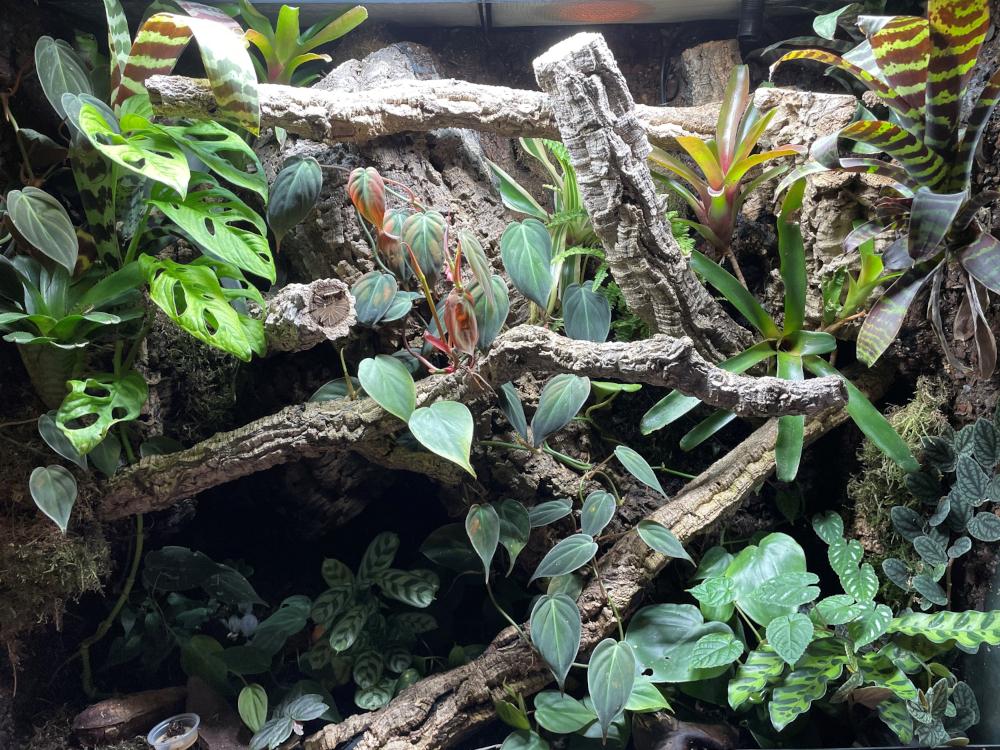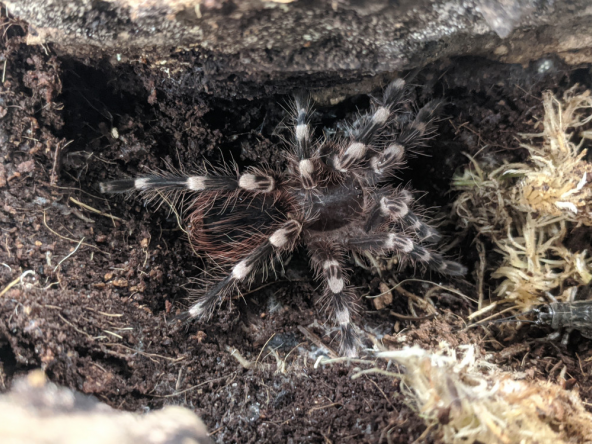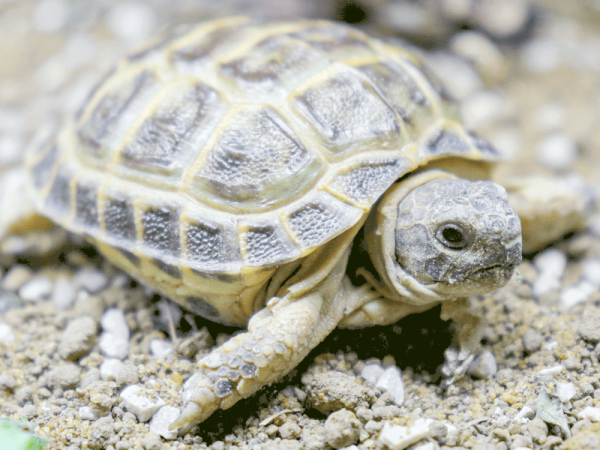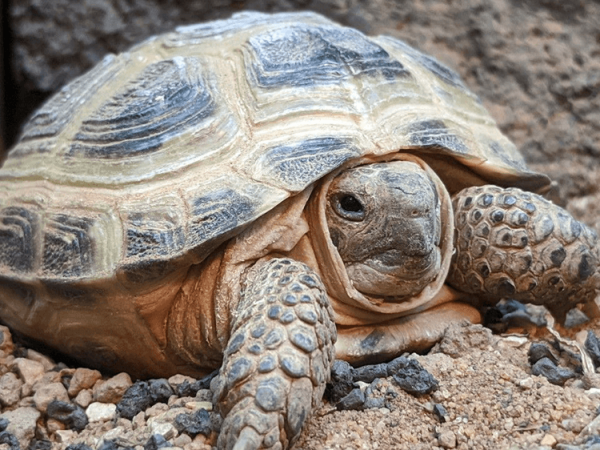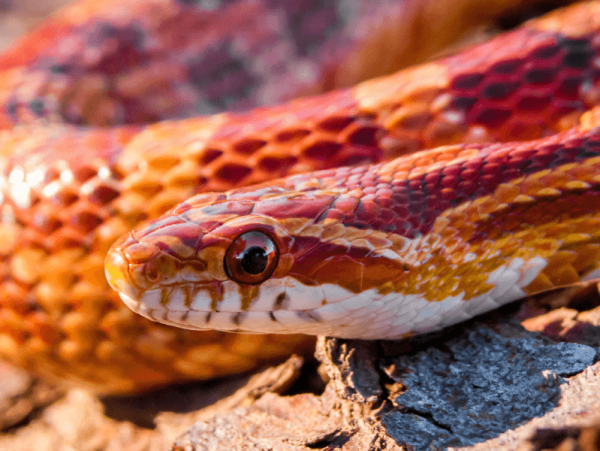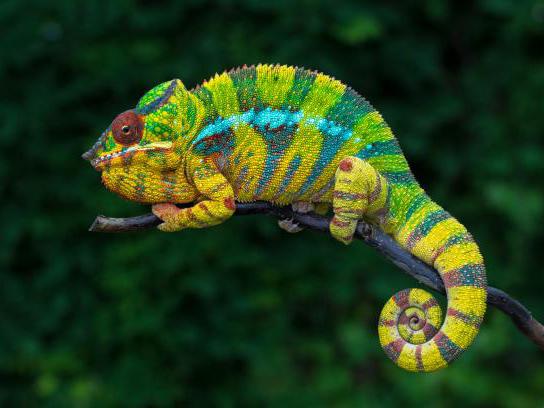What is a bioactive reptile set-up?
What does bioactive mean?
Bioactivity is an increasingly popular concept in reptile-keeping, as more information is made available for keepers, and more resources are becoming available on the market. This type of set-up is particularly beneficial, as it removes the need for some enclosure maintenance such as removing faeces or changing out the substrate, whilst also providing a more natural environment for your reptile, nurturing their natural behaviours and instincts.
The term bioactive essentially refers to a substance having a biological effect, or being biologically active. The term was coined in a reptile-keeping sense in the mid-1990s when Dart frogs were housed using a bioactive substrate. The Atlanta Botanical Gardens (ABG) mix, mixed with leaf litter and other organic compounds, along with a clean-up crew of springtails and woodlice/isopods, created a self-sustainable, self-cleaning, living ecosystem within the terrarium.
Where do I start with a bioactive reptile enclosure?
The first things to consider when setting up a new bioactive reptile enclosure are the habitat, diet, heating, lighting and humidity requirements of the animal you wish to keep in your enclosure. For example, if you plan to keep a carnivorous, humidity-loving reptile, an enclosure filled with moisture-retaining substrate and tropical plants is the way to go.
Once you grasp the requirements of your pet or soon-to-be pet, you need to select a suitable enclosure. Glass or PVC enclosures tend to work best for bioactive setups, as they will not develop moisture damage over time. They also tend to have deeper bottoms which allow for a deeper drainage and substrate layer (ideal in bioactive setups). However, wooden vivariums can be used for bioactive enclosures when the correct precautions are taken to prevent moisture damage to the wooden boards.
The first, and potentially most important thing you will add to your new enclosure is a drainage layer. The most popular choice for this is a layer of clay pebbles, or leca (lightweight expanded clay aggregate), such as Swell Hydro Rocks topped with a sheet of permeable fabric such as Swell Hydro Matting to provide a layer of separation between the drainage and substrate layers.
The purpose of the drainage layer is to allow excess water from the substrate to seep into it, preventing the substrate from becoming waterlogged. If the substrate becomes waterlogged, this can lead to a build-up of anaerobic bacteria, which will outcompete the beneficial aerobic bacteria. In turn, this can cause pH imbalances, rot the roots of your precious plants and lead to a buildup of toxic methane byproduct.
It is important not to let the water in the drainage layer reach the substrate layer at any point, as this will render the layer useless and allow your substrate to become waterlogged. Some terrariums are now fitted with taps just for this purpose, however, if yours is not, you may wish to build in a drain in the form of some PVC pipework that goes into the very bottom of the drainage layer and pokes out of the top of the substrate, this will allow you to siphon water from the drainage layer if it gets too full.
Following on from your drainage layer, you then need to select a suitable substrate. A few factors come into play here, such as the humidity requirements of your reptile, along with the requirements of the plants you wish to keep in the setup. Most plants, tropical and arid, will not tolerate too much moisture around the roots, with most preferring to dry out at least a little between watering, so a well-draining substrate is important in almost every bioactive enclosure.
If you are an experienced plant keeper and have a good understanding of how substrates drain and aerate, you may prefer to mix your bioactive substrate. However, if you lack in-depth knowledge on this, there are many prepared bioactive mixes on the market for both tropical and arid set-ups, such as ProRep's Bio Life or Arcadia's EarthMix ranges.
Clean-up crew and natural decor
The maintenance of a bioactive enclosures ecosystem relies on three principle processes, microbiological, fungal and mechanical. The microbiological processes rely on aerobic bacteria (as referenced above), that help to break down organic bioactive compounds producing nitrogen and other important organic nutrients that can be taken up by the plants to aid plant growth.
The mechanical processes are undertaken by your all-important clean-up crew, made up of various invertebrates. Your clean-up crew will break down faeces, shed skin, dead plant matter, and biodegradable natural decor pieces such as leaf litter, mosses, wood and botanicals, further feeding your microbiological and fungal friends. In turn, this will feed your live plants whilst also providing movement and aeration to the substrate layer.
Some of the most popular clean-up crew examples include springtails, woodlice/isopods and earthworms. For more detailed information on what a clean-up crew can do for your bioactive enclosure, and the different types of the clean-up crew, please refer to our dedicated clean-up crew help guide.
Live plants
Captive reptiles and amphibians can benefit from live plants over artificial plants for several reasons. Firstly, they improve the overall air quality within the enclosure, provide hiding places and perches for your pet, and can also hold excess water on their leaves and stems which many reptiles can drink from, all whilst creating a more attractive, naturalistic display enclosure. Along with this, if you have a herbivorous or omnivorous reptile, you can select edible plants to create enrichment and provide a more natural experience for your reptile.
When selecting live plants for your bioactive setups, it is important to consider levels, for example, selecting taller plants for the back of the enclosure, and more compact plants for the front. You can also use epiphytic, or air plants, such as Bromelia or Tillandsia (setup dependent) which can be pinned to the background or pieces of hardscape to provide further dimension.
Your plants are the main thing within the enclosure that will require maintenance. In a well-set-up bioactive enclosure, your plants will thrive, which does mean they will need to be pruned regularly, not only to keep the enclosure looking neat but to keep the plants healthy.
For more detailed information regarding the different types of live plants for bioactive enclosures and how to keep them, please see our live plant help guide.
Summary
Bioactivity can be daunting at first, but most keepers find that once they go bioactive, they never want to go back, as bioactive enclosures are easier to maintain, more aesthetically attractive and provide a more natural environment for your pet.




